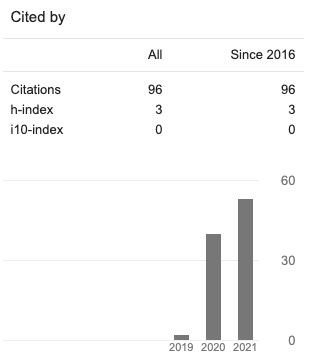The Gang Phenomenon in Elementary School
Abstract
This research is about the gang phenomenon in elementary school. This research aims to find out the factors that cause the students to form gangs, the pattern of gangs forming, and the effects of gang phenomenon. The data are obtained from class teachers, students' parents, and students involved in gangs. Researcher conducted a phenomenological research method by analyzing Smith's data model, namely Interpretative Phenomenological Analysis (IPA). The data are collected through observation, interviews, and documentation. The results showed that the emergence of gang phenomena at SD Negeri Cibiru 10 was caused by internal factors; deviant behavior of students, and external factors; (1) the frequent of gathering together in various situations; (2) coercion; (3) and lack of supervision. The gangs are formed through seven stages; (1) the frequent of gathering together in various situations; (2) one of the students wanted to form a gang; (3) inviting and forcing other friends to join the gang; (4) there are students who feel compelled and some feel safe in the gang; (5) forming a management structure; (6) creating a gang identity; (7) showing its existence by carrying out negative actions. The arising effects of the gang formation are divided into two, which are positive impacts and negative impacts. The positif impacts are (1) students understand the meaning of solidarity; (2) enthusiasm for learning when in their gang. The negatif impacts are; (1) students are often reprimanded by teachers; (2) shunned by other friends; (3) get a threat or mental pressure; (4) often quarrel; (5) interferes with the learning process; (6) being bossy; (7) lack of mingling; (8) triggering deviant actions such as bullying, hitting, kicking, and push ups.
Copyright (c) 2022 Rizal Saepulloh Herawan, Mubiar Agustin

This work is licensed under a Creative Commons Attribution 4.0 International License.















